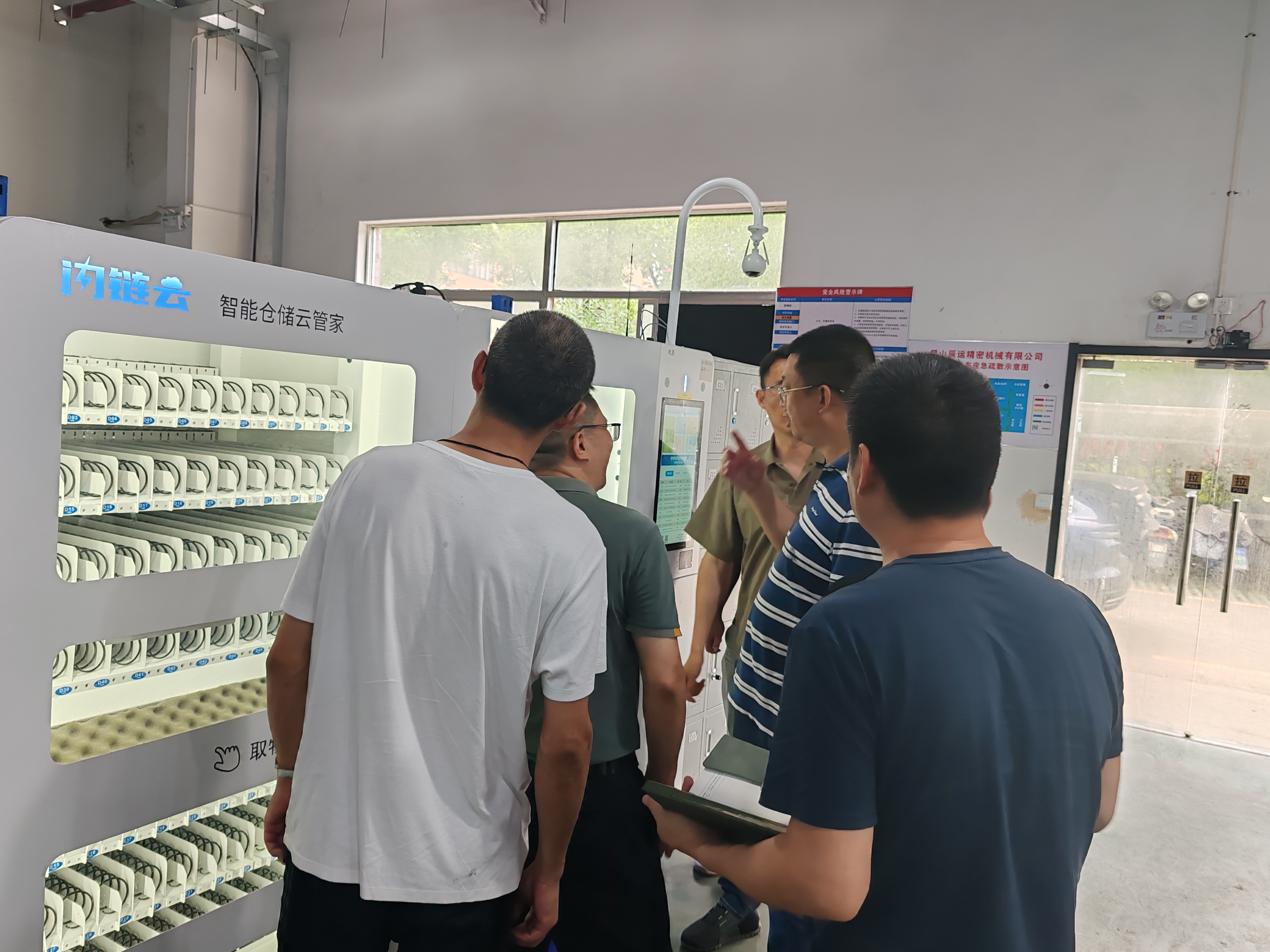
The liquid cooling industry is constantly upgrading its computing power demand due to the surge in data volume, leading to a rapid growth in global data volume and computing power scale. According to IDC data, the global data volume will reach 103.66ZB in 2022, and China's data volume will grow from 23.88ZB in 2022 to 76.6ZB in 2027, with a CAGR of 26.3%, and the growth rate is expected to rank first in the world. According to IDC's forecast, the global increase in data volume in the next three years will exceed the sum of the past 30 years, and the surge in data will lead to exponential growth in the required computing power for data storage, transmission, and processing.
The intelligent upgrade of computing power has become a trend, and intelligent computing power has become the main driving force for computing power growth. The demand for processing massive and complex data has raised higher requirements for computing power, requiring more powerful and efficient computing resources to support the development of artificial intelligence applications. Under this trend, the construction of computing infrastructure is accelerating, becoming an important foundation for supporting the development of the digital economy, and the demand for data capabilities and computing power is increasing in a cyclical manner. IDC predicts that the scale of China's intelligent computing power will continue to grow rapidly, with an expected 1117.4EFLOPS by 2027 and a CAGR of 33.9% from 2022 to 2027.
In this strong state of expansion, entering the liquid cooling industry is undoubtedly the inevitable path for the company's development. Kunshan Chenyun Precision Machinery Co., Ltd. has also made unremitting efforts and successfully produced samples with midstream suppliers in the industry in 2024, reaching cooperation with customers (the product is currently in the confidential stage, so its specific information is not displayed here).
Here are some relevant information about liquid cooling
Liquid cooling is a technology that uses liquid as a refrigerant to transfer the heat generated by the internal components of data center IT equipment to the outside of the equipment through liquid flow, thereby cooling the heating components of IT equipment and ensuring its safe operation.
Advantages of liquid cooling: Liquid cooling has ultra-high energy efficiency, ultra-high heat density, efficient heat dissipation, and is not affected by environmental factors such as altitude, region, and temperature.
At present, liquid cooling technology mainly includes three types: cold plate liquid cooling, spray liquid cooling, and immersion liquid cooling technology.
Sorting out the industrial chain of liquid cooled servers
The liquid cooling industry ecosystem involves the upstream, midstream, and downstream of the industry chain, including upstream product component providers, midstream liquid cooling server providers, and downstream computing power users.
The upstream mainly consists of product components and liquid cooling equipment, including quick couplings, CDUs, solenoid valves, immersion liquid cooled TANKs, manifolds, coolant and other components or product suppliers;
The midstream mainly includes liquid cooled servers, chip manufacturers, as well as liquid cooled integrated facilities, modules, and cabinets;
The downstream mainly includes three telecom operators, Baidu, Alibaba, Tencent, JD and other Internet enterprises, as well as application customers in the information industry, mainly in information applications such as telecommunications information, the Internet, government, finance, transportation and energy.
As an important project of new infrastructure, in recent years, with the rapid development of the artificial intelligence and data application industry chain, the construction of data centers in China has continued to accelerate, and the number of data center racks has steadily increased. According to the standard rack of 2.5kW, the number of data center racks in use in China reached 5.2 million in 2021. Among them, the number of large scale and above racks grew even faster, reaching 4.2 million, accounting for 80%. As of the end of 2022, the total number of data center racks in China is nearly 6 million, ranking among the top in the world. It is expected that the number of data center racks in China will reach 7.76 million by 2023, and the market size of data centers will also reach 247.01 billion yuan.
The energy consumption and heat dissipation issues in data centers are becoming increasingly prominent
With the increasing number of data centers, their electricity consumption scale has also sharply risen. According to relevant statistical data, the electricity consumption of data centers in China reached 216.6 billion kilowatt hours in 2021, and is expected to exceed 380 billion kilowatt hours by 2030. At the same time, as the scale of data centers rapidly increases, the issue of heat dissipation is becoming increasingly prominent. Specifically:
Overall - Traditional data centers have huge energy consumption costs, with a high proportion of heat dissipation energy consumption. Data centers have always been major power consumers, accounting for approximately 2% -3% of the country's total electricity consumption. It is expected that by 2030, the electricity consumption of data centers will exceed 380 billion kilowatt hours, and carbon emissions will exceed 200 million tons. At the same time, traditional data center cooling costs and expenses account for a relatively high proportion. According to the Uptime Institute Global Data Center Survey Report 2022, the annual average PUE of data center samples worldwide in 2022 was 1.55. Since 2014, the annual average PUE value has remained in the range of 1.55-1.65, which means that other energy consumption mainly for cooling accounts for 35% -39%.
At the micro level, the increase in computational density faces challenges in heat dissipation: the improvement in computing power performance drives the continuous increase in server power consumption and thermal density, and traditional air cooling methods are no longer able to meet the heat dissipation needs of high heat flux density electronic devices. With the failure of Moore's Law, people are continuously improving the energy efficiency ratio of chips and systems through technologies such as heterogeneous computing. However, this has also led to a rapid increase in power consumption of individual chips. The current mainstream processor chip CPU power is about 200W, and the latest released CPUs have exceeded 350W. Heterogeneous acceleration chips such as GPGPU have even exceeded 700W. In this context, traditional air cooling is no longer sufficient to meet the heat dissipation needs. Data centers and servers require more efficient cooling technologies to solve the heat dissipation problems of chips and systems with high power, high heat flux density, and high computing density.
Micro level - High temperature has adverse effects on electronic components: In high temperature environments, mechanical materials, wire insulation protective layers, and waterproof sealants are more prone to aging, causing safety hazards. More than half of electronic component malfunctions are caused by high temperatures. For every 10 ° C increase in temperature of semiconductor components, the reverse leakage current will double, which poses a fire hazard and is more likely to cause safety accidents, leading to data center paralysis









 售前客服
售前客服